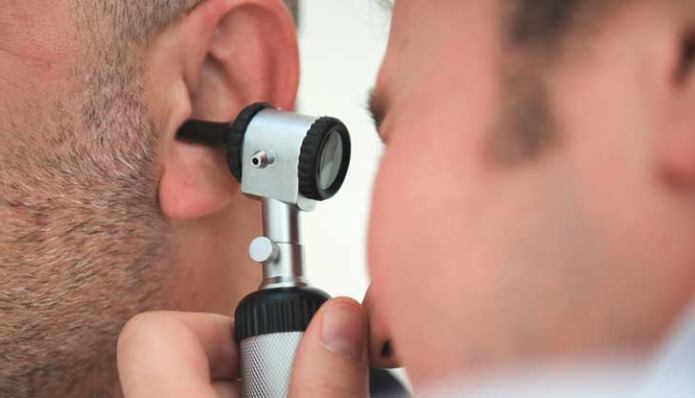
Until the turn of the century, there was little that could be done for a range of hearing issues, and early devices were cumbersome and generally ineffective. This meant that the user had to accept sub-standard performance, as there was little choice, yet with the rapid pace of digital development, especially in the hearing aid industry, the user now has far more in terms of performance and capability, and with cutting edge technology, these tiny digital devices can be implanted, giving you complete freedom while allowing you to hear everything.
Cochlear Implant Devices - The latest generation of digital hearing aids by-pass the natural form of transmitting the audio signals to the inner ear, and by surgically implanting a tiny device, the sound is transmitted through the bone and to the inner ear. This type of device can work wonders for a person who has little or no hearing ability, and the Australian government are, in some cases, prepared to fund this surgery. For more information on this, here is an article that explains cochlear implant devices, and what they can do for a person that suffers from hearing loss.
Completely in Canal Hearing Aids - The CIC hearing aid is practically invisible and offers the wearer a discreet solution to hearing loss, and despite the minuteness of modern devices, they certainly pack a punch, with long term battery usage, and they can even be integrated with mobile devices that run on either Android or iOS platforms, allowing the user to effortlessly make and receive calls through their hearing aid.
Behind the Ear Devices (BTE) – These are the most common types of BTE hearing aids available today, and are suitable for those with moderate to severe hearing loss. They are easy to use and very discreet, and to be absolutely sure this is the right type of hearing aid, you should book an appointment at a modern hearing aid clinic, where they have state of the art equipment to diagnose hearing impairment, and one the diagnosis tests are complete, the technician would be able to make some recommendations.
In The Ear Hearing Devices – in ear hearing aids are suitable for people with severe hearing loss, these are custom made to fit exactly in the inner ear region, and with mobile device integration and Bluetooth connectivity, the user has total control over the audio environment.
Receiver in The Ear – These devices are very tiny and almost invisible, and with all the electronics contained in a receiver behind the ear, the thin wire runs to the speaker which is very close to the inner ear. Many of these devices can be hooked up to mobile devices, allowing the user to make and receive calls, and listen to music or other media.
If you have noticed a deterioration in your hearing ability, it is best to first undergo some hearing tests, and with modern clinics that have the best equipment, this can easily be achieved. It is crucial to have your hearing properly assessed prior to making any hearing aid selections, and this can only be done at a clinic that has the right equipment and technicians. An online search is the best way to locate such a clinic, and if you happen to live in Australia, there are state of the art facilities in most major cities across the country. The experts would assess your hearing levels and then make a recommendation, which might be one of the above types, and with an impressive range of devices, they can remedy your hearing issue, and you can reap the benefits of perfect hearing restoration.
| < Prev | Next > |
|---|




